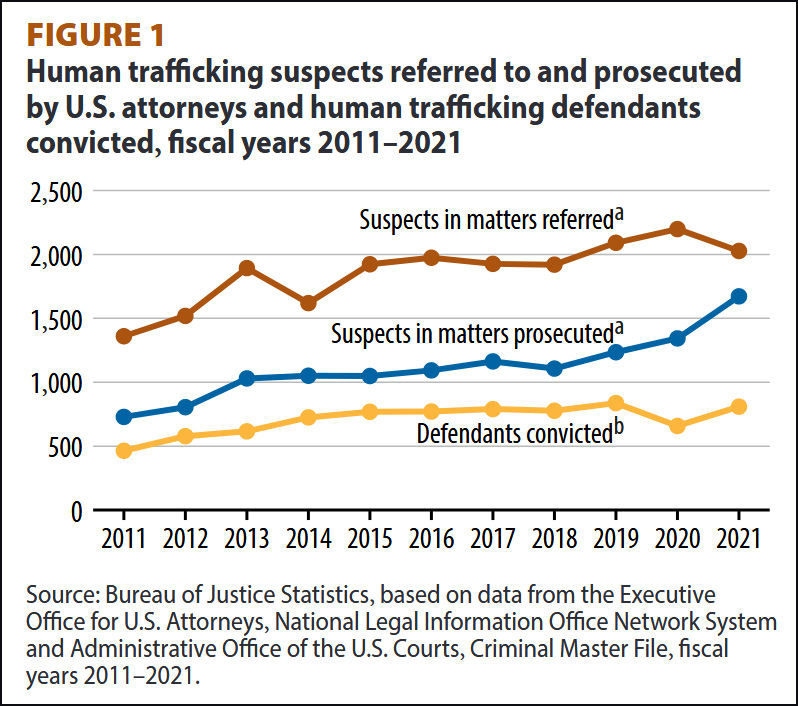As you know, there are two basic types of Medicare: traditional fee-for-service (FFS) plans, where doctors get paid for services rendered; and Medicare Advantage plans (MA), where doctors are paid a set annual amount for each patient.
In theory, MA plans should be cheaper. In reality, they game the system in two ways. First, they subtly tune their services to attract healthier patients (gym memberships, acupuncture, etc.). Second, they increase their coding intensity.
Wuzzat? Well, the annual payment for each patient is risk-adjusted: the sicker the patient, the bigger the payment. So MA plans benefit by making their patients look sicker than they really are. They do this by coding lots of ailments, even those that don't require treatment. More codes means the appearance of more sickness, which in turn means a higher risk-adjusted payment.
How does this net out? Here's a chart from MedPAC showing how much the government pays MA plans compared to how much they'd pay if the same patients were in traditional FFS plans:
 That extra $83 billion for the current year is just shy of 10% of all Medicare spending. It's a lot.
That extra $83 billion for the current year is just shy of 10% of all Medicare spending. It's a lot.
I myself am in a Medicare Advantage plan because it's a great deal. That is, it's a great deal for me personally because my plan can afford to give me extra bennies thanks to the extra money they get from the feds. Needless to say, a great deal for me doesn't mean it's a great deal for the rest of you, whose taxes are paying for this.
So thanks!


